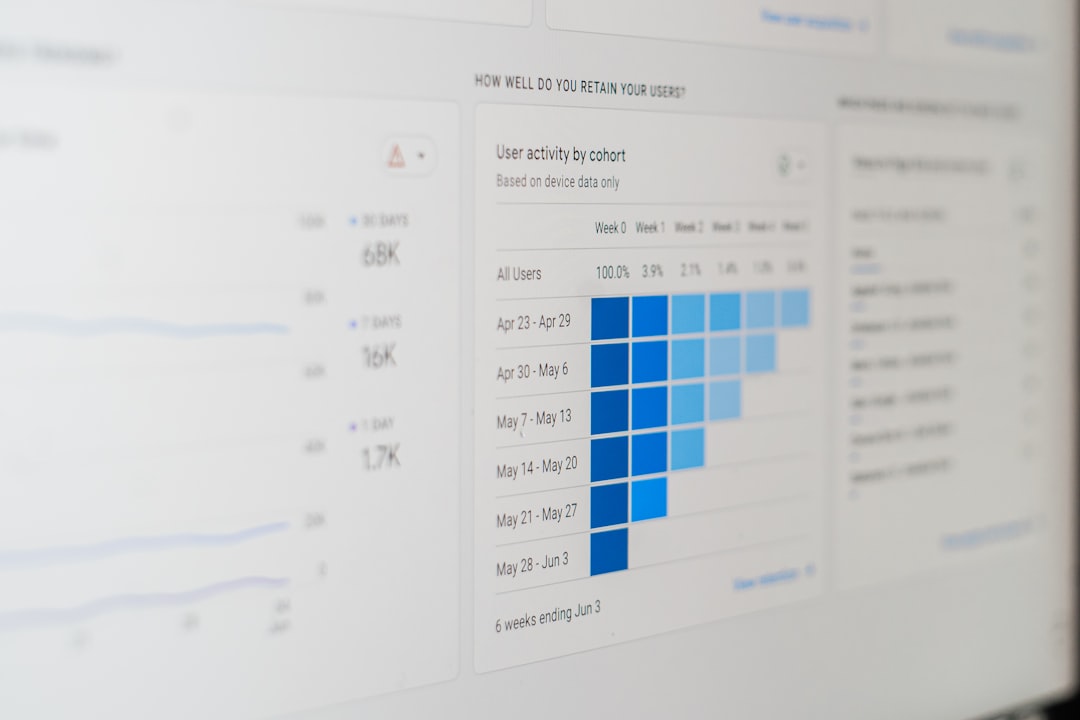Content marketing has long been measured by traffic metrics—pageviews, bounce rates, time on site. But for organizations aiming to drive meaningful business growth, these superficial indicators fall short. A new mindset is transforming how marketers evaluate the value of content: the Content ROI Model focused not on pageviews but on pipeline.
From Pageviews to Pipeline: A Paradigm Shift
For years, marketers produced blog posts, infographics, and videos with the main goal of increasing web traffic. The more you published, the more views you accumulated. While high traffic numbers may look impressive in a monthly report, they rarely translate directly into revenue. That’s where the Content ROI Model: Pipeline, Not Pageviews becomes essential.
This model prioritizes content initiatives that feed directly into the buyer journey—guiding prospects from awareness to conversion. Rather than asking “How many people saw this post?”, the right question becomes, “How many leads, opportunities, and deals did this content generate?” This approach encourages alignment between marketing and sales, turning content into a growth engine rather than a vanity metric generator.
Key Components of the Pipeline-First Content ROI Model
To successfully implement a pipeline-focused content strategy, marketers must integrate several fundamental components into their planning and execution:
- Targeting the Right Audiences: Understand who your buyers are and develop personas that reflect real business decision-makers rather than generic readers.
- Content Mapping Against the Buyer Journey: Develop top, middle, and bottom-funnel content that answers specific questions and pushes prospects to the next stage.
- Revenue Attribution: Use tracking tools and marketing automation platforms to tie specific content pieces to lead acquisition and opportunity creation.
- Sales Collaboration: Develop content that supports sales outreach—such as case studies, battle cards, and decision-stage resources.
By focusing on these elements, marketers shift from obsessing over performance indicators like bounce rates or time-on-page to metrics that are tightly coupled with business growth.
Why Pageviews Aren’t Enough
High pageview counts can be misleading. A blog post might receive tens of thousands of views, but if those visitors aren’t in your target market or never convert, those numbers don’t amount to much. Moreover, in some industries, niche audiences mean your relevant viewership will never be massive—but those few engaged prospects hold high deal potential.

Focusing on pageviews often leads to clickbait and generic content. A listicle might go viral, but if it doesn’t attract your buyer personas, the attention is ultimately wasted. A pipeline-focused model prevents teams from chasing empty traffic and redirects their energy to engaging the right accounts with the right material.
Aligning Content with Sales Engagement
Pipeline-first content doesn’t live in silos—it works hand in hand with sales outreach. This means building assets that address sales objections, showcase proof of value, and support outbound efforts. When sales reps are equipped with content that resonates with decision-makers, the likelihood of deal progression increases dramatically.
Examples of sales-aligned content include:
- Sales enablement one-pagers tailored by industry or persona
- Customer journey stories that demonstrate ROI
- Interactive calculators that estimate the value of your offering
This strategic alignment repositions content as a revenue tool rather than a cost center—contributing directly to pipeline influence and deal acceleration.
Measurement Through Revenue Attribution
Measuring content ROI through pipeline requires proper attribution modeling. Using tools like HubSpot, Marketo, or Salesforce, companies can track how contacts engage with specific content and which of those engagements ultimately contribute to revenue.
Multi-touch attribution models are especially useful here, capturing multiple interactions across the sales journey. A blog post might serve as the first touch, while a webinar or whitepaper download serves as the final engagement before becoming an opportunity. When each content piece is tagged appropriately, marketers gain visibility into what truly drives pipeline.
Creating a Content-Driven Funnel
Organizations must reorient their content calendars around funnel stages rather than publishing cadence. This means auditing existing content to classify it into awareness, consideration, and decision-phase buckets.
Examples of funnel-driven content include:
- Awareness stage: Educational blog posts, industry stats, and SEO-driven content targeting broad pain points
- Consideration stage: Webinar recordings, product comparison guides, and expert interviews
- Decision stage: ROI blueprints, customer case studies, pricing guides, and personalized demos

When content directly supports pipeline progression at each of these touchpoints, the ROI becomes more evident—and measurable.
Building a Revenue-Centric Culture Around Content
Adopting the Content ROI Model requires a cultural shift within the marketing team. Content creators must evolve from writers to revenue stewards—connected to performance goals and sales feedback.
How to build that culture?
- Set pipeline contribution KPIs for content campaigns.
- Conduct regular deal reviews to identify content gaps in sales conversations.
- Encourage shared accountability between content, demand gen, and sales teams.
- Break silos between content goals and revenue outcomes by using integrated marketing platforms.
When content creators have clear visibility into how their work contributes to closed deals, their output naturally shifts from quantity to quality and from traffic to qualified leads.
Conclusion: The Future of Content Marketing is Pipeline-Powered
In an era where marketing departments are under increasing pressure to prove ROI, the shift from vanity metrics to pipeline impact is inevitable. Pageviews may tell you what’s popular, but pipeline tells you what works. By aligning content with buyer journeys, integrating with sales, and attributing real revenue outcomes, marketers can elevate their function from storytellers to strategic growth drivers.
Embracing the Content ROI Model repositions marketing not just as a cost center, but as a direct contributor to a company’s revenue engine. And in business, that’s the only metric that truly matters.
Frequently Asked Questions (FAQ)
-
What is the Content ROI Model?
The Content ROI Model is a performance framework that evaluates content based on its contribution to the sales pipeline, rather than superficial metrics like pageviews or social shares. It prioritizes revenue impact over reach. -
Why are pageviews considered vanity metrics?
Pageviews indicate how many people visit a piece of content, but they don’t necessarily reflect the quality or conversion potential of that audience. High views with low engagement or no conversions offer little business value. -
How can I track content’s impact on revenue?
By using marketing and CRM tools with attribution modeling, such as HubSpot, Marketo, or Salesforce, you can link specific content to contact creation, opportunity stages, and even closed deals. -
What types of content work best for driving pipeline?
The best pipeline content supports buyers at different stages: educational blogs for awareness, comparison guides for consideration, and case studies or ROI tools for decision-making. -
How do I get sales involved in content strategy?
Collaborate with sales to understand customer pain points, objections, and deal cycles. Co-develop resources that answer recurring questions and fill gaps in the sales conversation.

